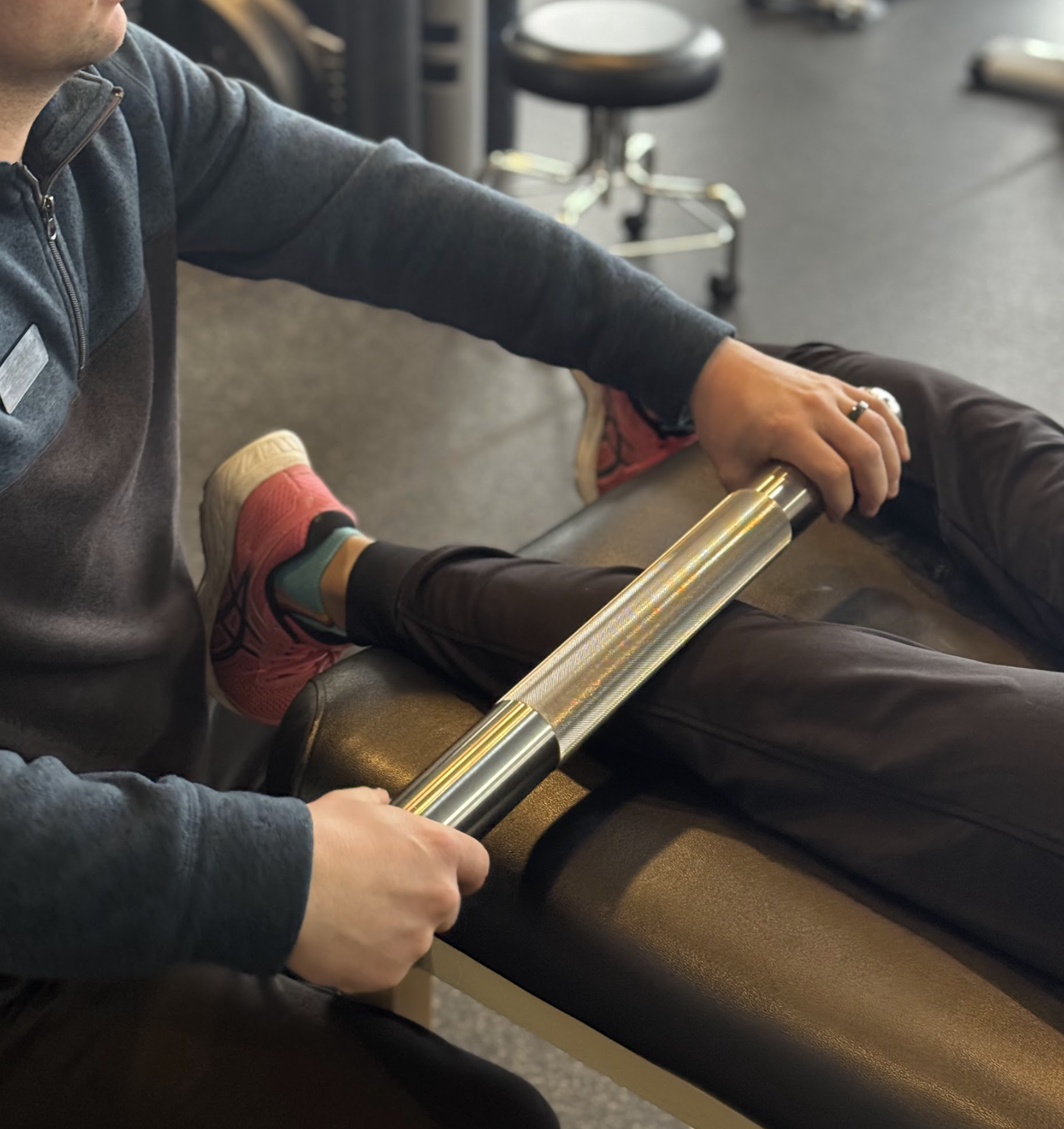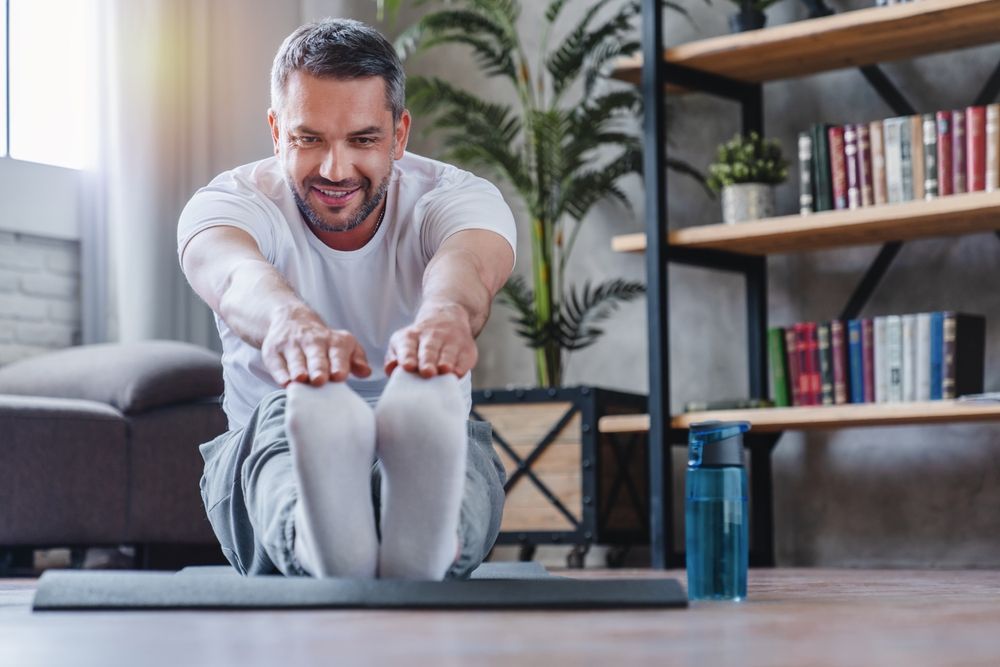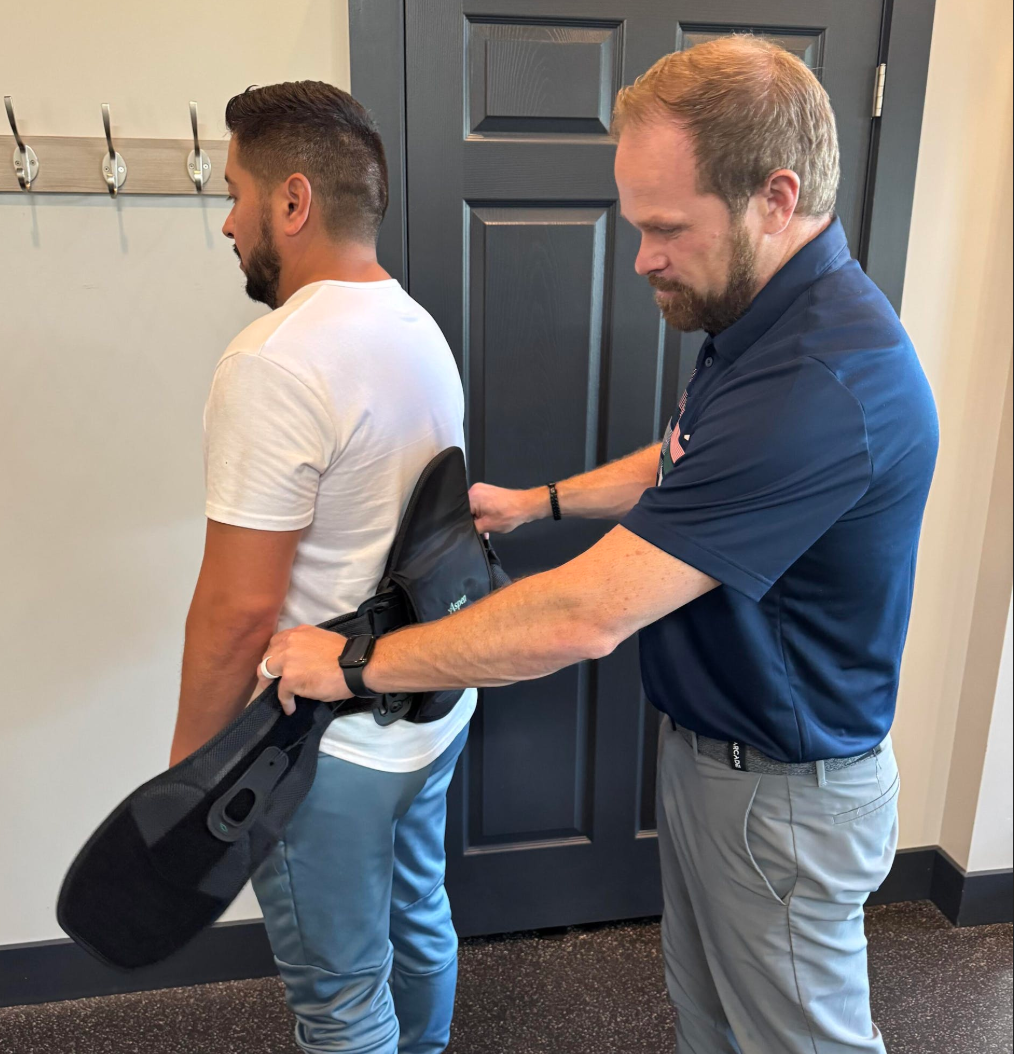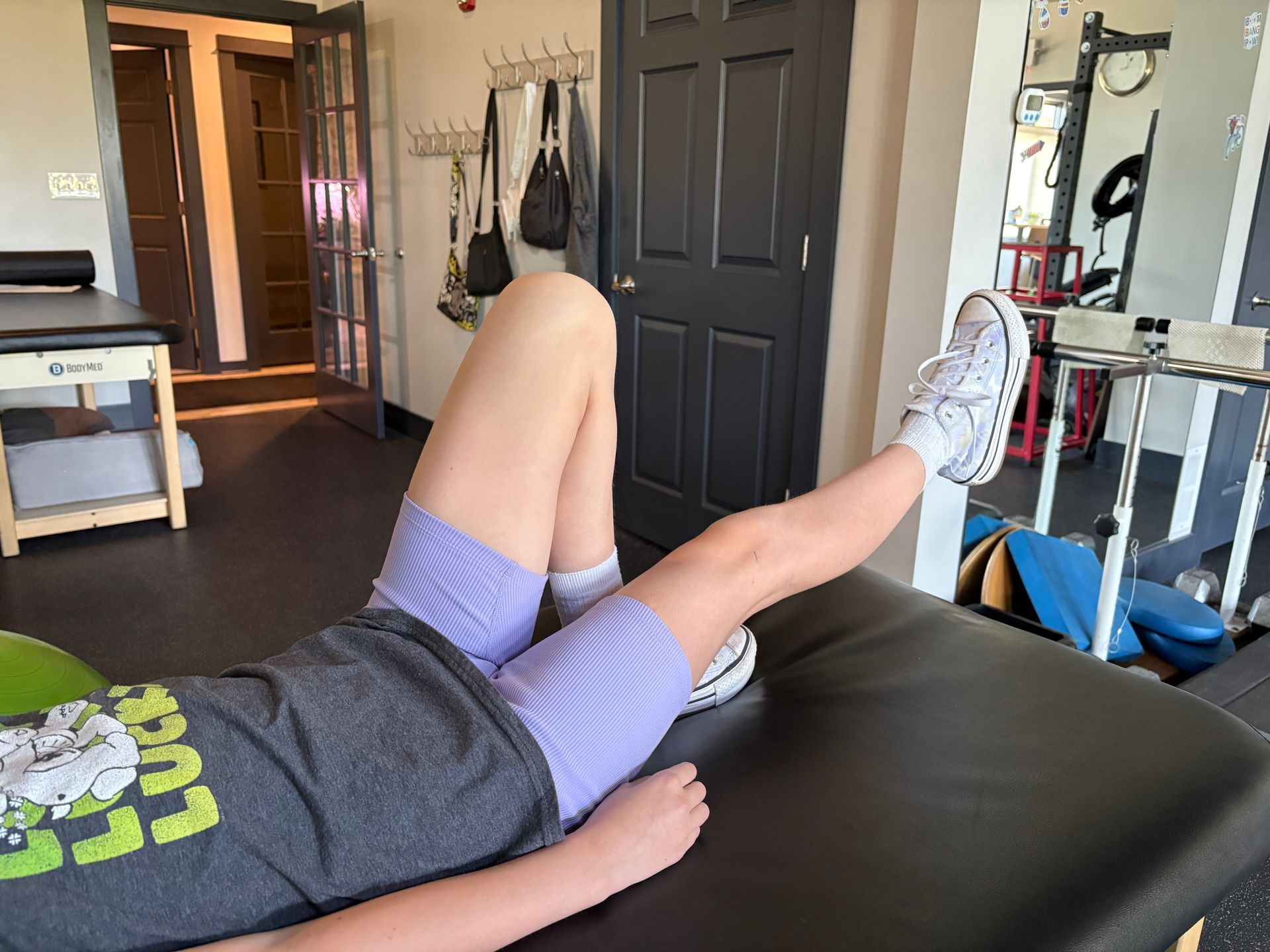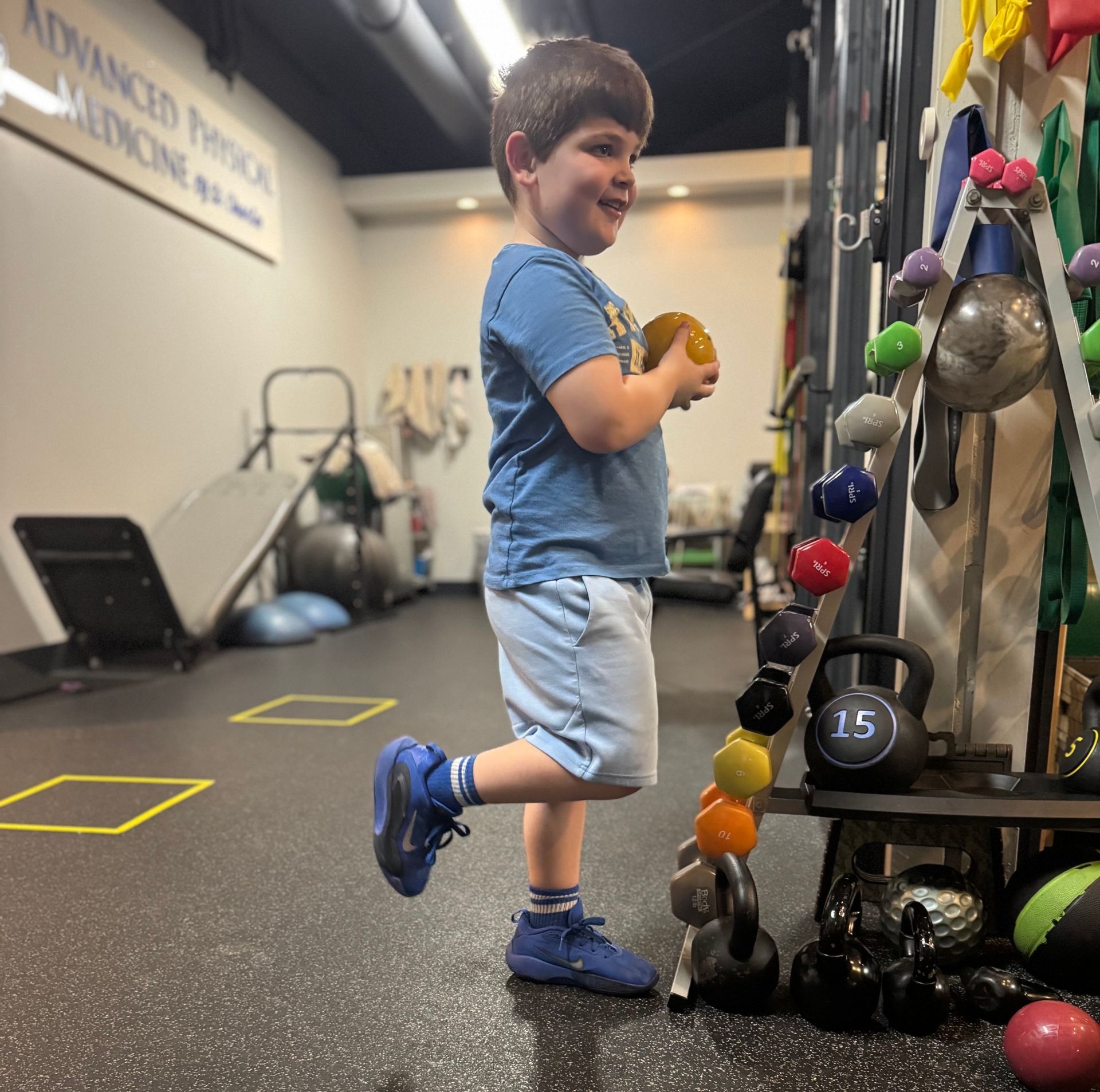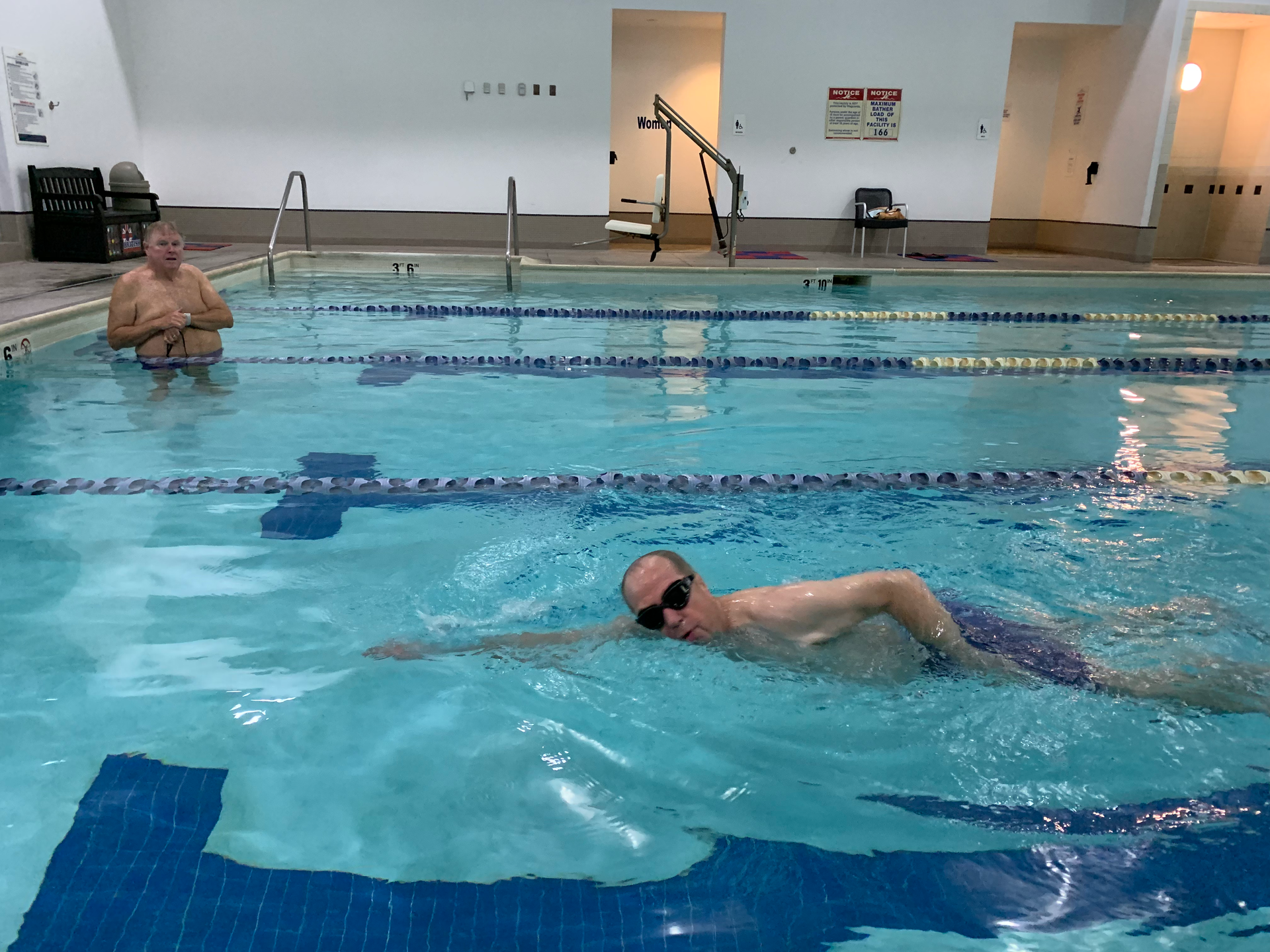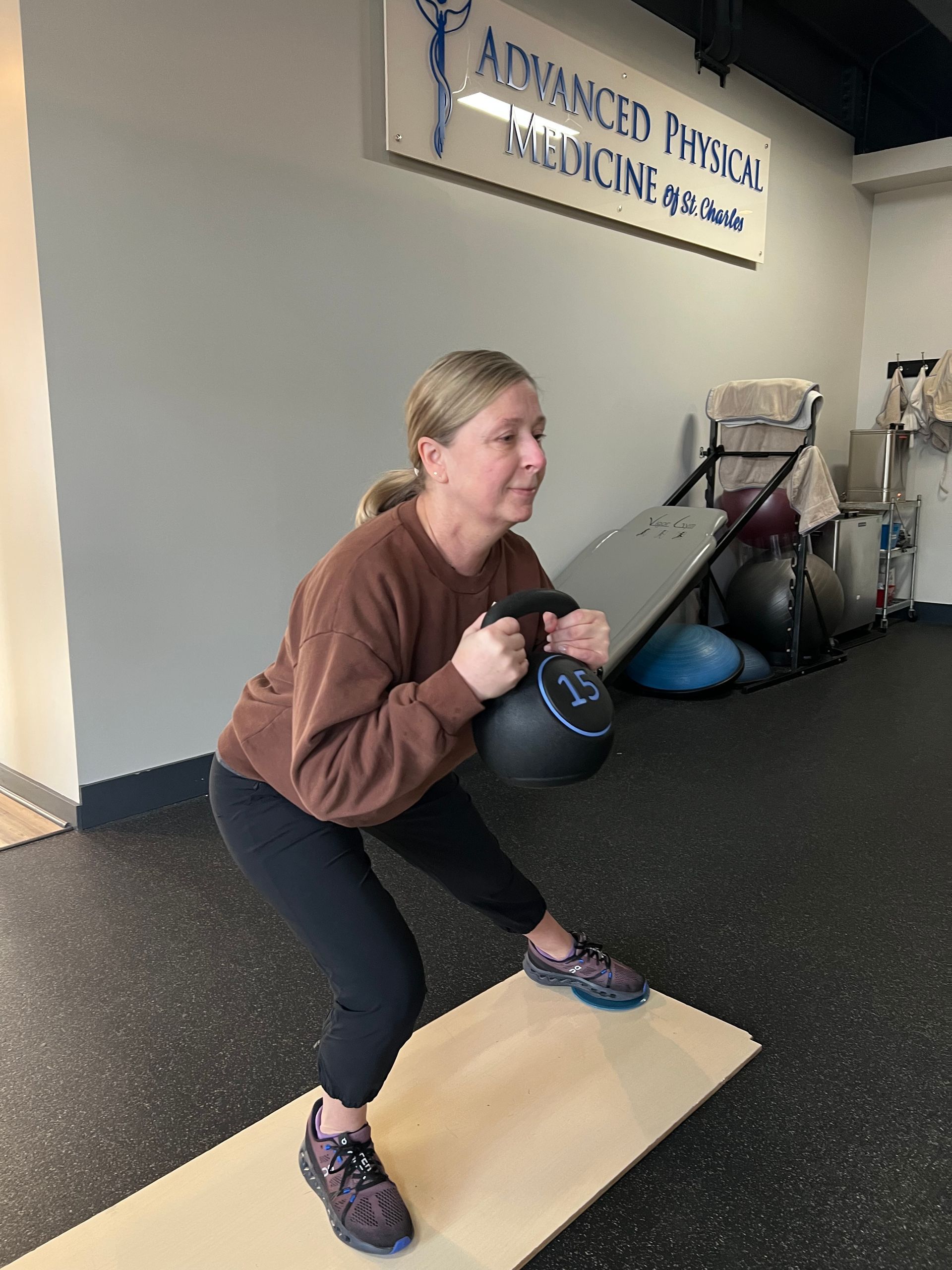Share this article:
Written by: Advanced Physical Medicine
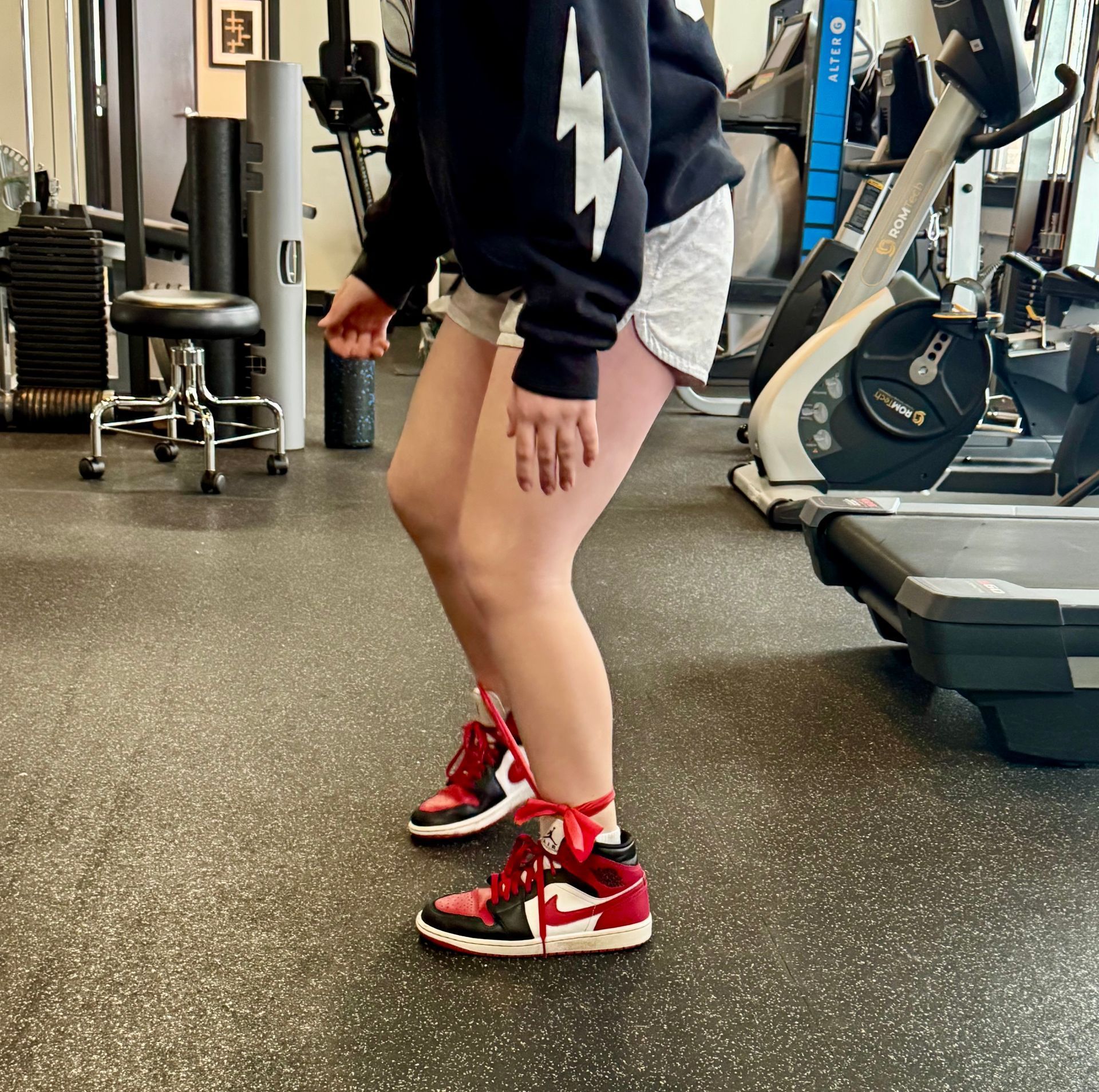
Youth sports provide valuable physical and mental benefits, building strength, discipline, and teamwork. However, when training becomes too intense or repetitive, young athletes are at risk for overuse injuries. Recognizing the causes and taking proactive steps can help protect developing bodies and support long-term athletic success.
Understanding Overuse Injuries in Youth Athletes
Overuse injuries develop from repeated stress on muscles, joints, or bones without enough time for recovery. These injuries build gradually and often start with mild discomfort that worsens over time. In youth sports, they are especially common when young athletes train intensely or focus on one sport year-round.
Repetitive movements like throwing, running, or jumping can strain the same areas again and again. Without proper rest or varied activity, this can lead to inflammation, pain, and reduced performance.
Why Young Bodies Are More Susceptible
Children and teens are still in the process of growing, which makes their bones, muscles, and joints more sensitive to repetitive stress. Growth plates, located near the ends of long bones, are particularly vulnerable during periods of rapid development. Repeated strain on these areas can lead to long-term complications if not addressed early.
Younger athletes may also lack the muscle strength, coordination, or technique needed to safely manage high training volumes. A well-rounded approach that supports safe development and includes proper guidance and recovery is essential.
Common Overuse Injuries and Their Warning Signs
Certain overuse injuries appear more frequently in youth athletes due to the repeated motions involved in many sports. The most common include:
- Shin splints: Pain along the lower leg, often linked to running or jumping on hard surfaces.
- Patellar tendinitis (jumper’s knee): Pain just below the kneecap, common in sports that involve frequent jumping.
- Little League elbow or shoulder: Pain caused by ongoing throwing motions, affecting young baseball and softball players.
- Osgood-Schlatter disease: Knee pain and swelling just below the kneecap, often seen during growth spurts.
- Stress fractures: Small cracks in bones caused by continued impact, especially in the feet or lower legs.
Early signs of overuse injuries can include persistent soreness, swelling, reduced range of motion, or discomfort that worsens with activity. Athletes may also notice a decline in performance or hesitation to participate. Paying attention to these signs and responding promptly can prevent more serious issues from developing.
Smart Training: Technique, Frequency, and Load Management
Preventing overuse injuries starts with a well-structured training plan that prioritizes proper technique, balanced activity, and progressive loading. Teaching young athletes correct form early helps reduce unnecessary strain on joints and muscles. Movements should be taught gradually, allowing time to build strength, control, and coordination.
Training frequency and intensity should match the athlete’s age, skill level, and physical development. Overlapping seasons, back-to-back practices, and early sport specialization increase the risk of injury. Mixing in different activities and allowing off-seasons for recovery promotes overall athletic development and protects against overuse.
Monitoring training load is important. A sudden increase in volume or intensity can overwhelm growing bodies. Coaches and parents should watch for signs of fatigue, track workloads, and adjust schedules as needed to prevent breakdown before it begins.
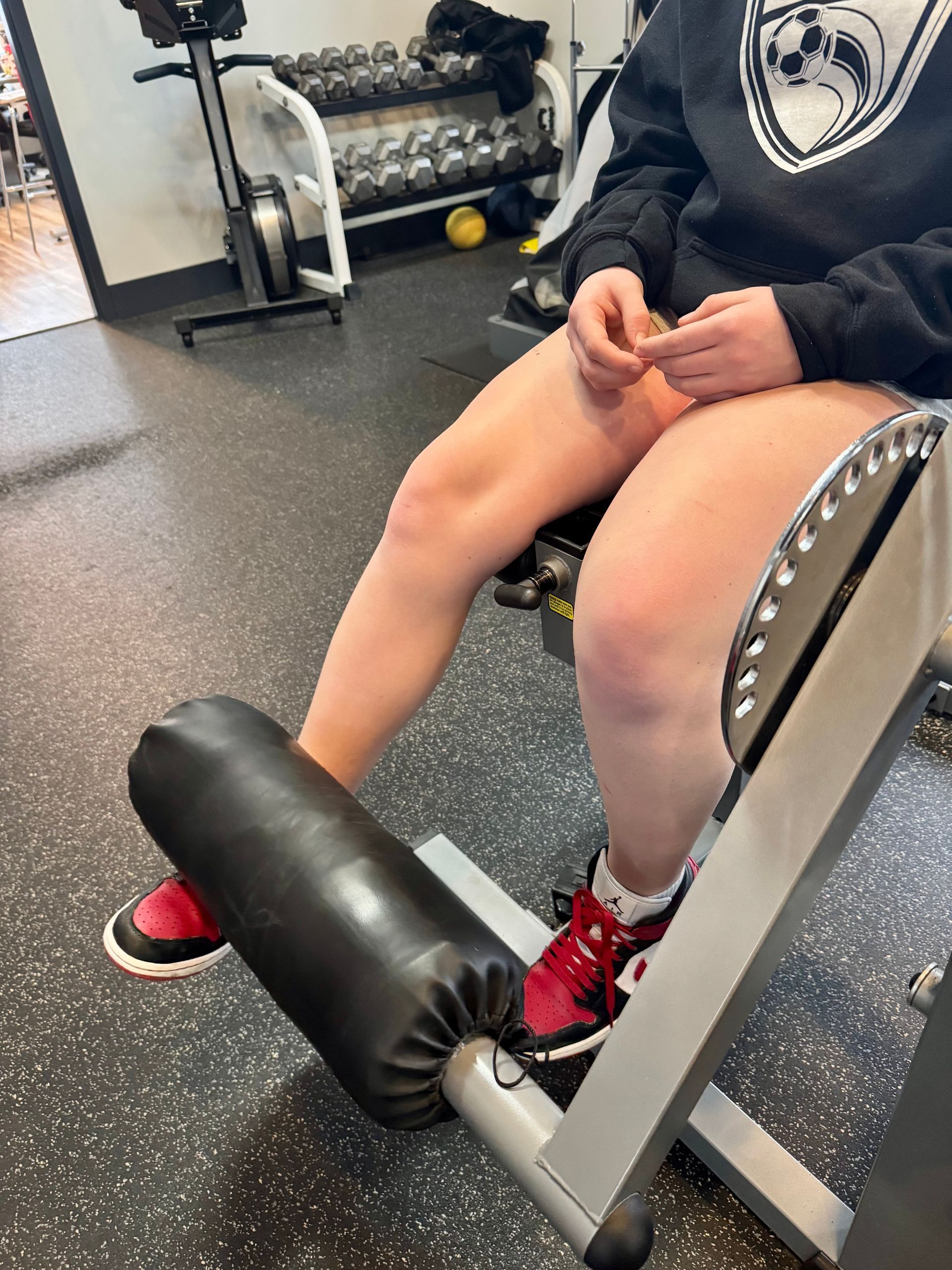
The Power of Rest and Recovery
Rest is not a break from progress; it is part of the process. For young athletes, recovery is essential to allow muscles, joints, and bones time to heal and adapt. When the body does not get adequate rest, it remains in a constant state of stress, increasing the risk of injury.
Scheduled rest days, consistent sleep, and variety in training help reduce physical and mental fatigue. Rest supports tissue repair, prevents burnout, and promotes long-term athletic development. Active recovery, such as stretching or light movement, also supports circulation and flexibility without adding stress.
Prioritizing recovery in every training plan helps youth athletes stay healthy, motivated, and ready to improve over time.
Injury Prevention Through Physical Therapy and Chiropractic Care
Physical therapy and chiropractic care play a vital role in keeping youth athletes healthy, mobile, and injury-free. These services help identify movement limitations, muscle imbalances, and joint restrictions that may increase the risk of overuse injuries. Early intervention and ongoing support can correct these issues before they lead to more serious problems.
Physical therapy focuses on strengthening underused muscles, improving flexibility, and reinforcing proper movement patterns. This creates a solid foundation for safe performance and reduces stress on vulnerable areas. Chiropractic care promotes proper alignment, supports joint function, and helps maintain full range of motion, especially during growth phases.
Both disciplines work together to support recovery, enhance athletic performance, and prevent injury. At Advanced Physical Medicine of St. Charles, our integrated team develops
customized treatment plans to help young athletes move better, recover faster, and perform at their best.
Supporting Youth Athletes: Tips for Parents and Coaches
Parents and coaches play a key role in preventing overuse injuries and supporting the long-term health of young athletes. Clear communication, thoughtful scheduling, and a focus on overall well-being all contribute to sustainable development. Here are a few practical ways to help:
- Encourage variety in sports and movement. Avoid early specialization by promoting multi-sport participation or cross-training to reduce repeated strain.
- Watch for signs of pain or fatigue. Take complaints of discomfort seriously, especially if they persist or affect performance.
- Prioritize proper technique. Work with qualified coaches or healthcare providers to support safe movement patterns during training and play.
- Build in scheduled rest. Help athletes get adequate sleep and take regular rest days to allow for physical recovery and mental reset.
- Support a balanced lifestyle. Nutrition, hydration, stress management, and positive reinforcement all contribute to athletic resilience.
- Partner with healthcare professionals. Regular check-ins with physical therapists or chiropractors can identify issues early and keep athletes on a safe path forward.
By taking these proactive steps, parents and coaches can help young athletes stay healthy, confident, and active for years to come. For expert support in
injury prevention and recovery, trust the team at Advanced Physical Medicine of St. Charles to provide the care your athlete needs to thrive.
Connect with Us:

